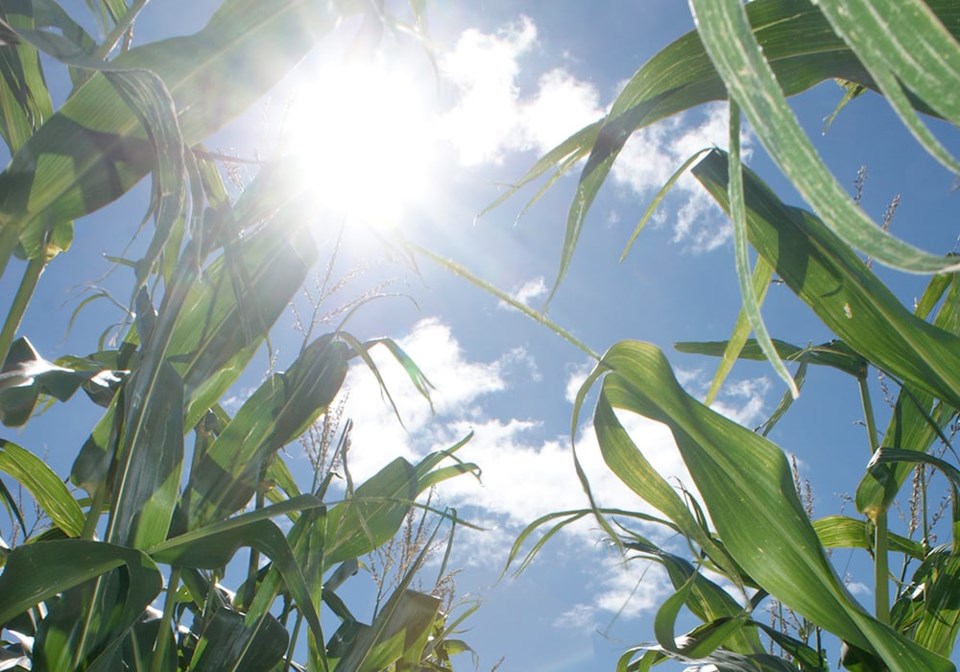WESTERN PRODUCER — Plenty of black ink has been spilled about the looming El Nino, but there is another weather phenomenon that also deserves attention, according to analysts.
The Pacific Decadal Oscillation (PDO) is in its negative phase, which means ocean waters are cooler than normal between California and Hawaii.
If it stays that way and if the coming El Nino is weak, that could cause a hot and dry summer in the western corn belt of the United States, said Jim Roemer, an adviser with Weather Wealth Trading.
That weather combination could push soybean prices back into the US$13 to $14 per bushel range and corn prices in the $5.50 to $6 range.
“However, I’m not so sure that’s going to happen,” he said in a webinar organized by World Cup Advisor.
The waters off the coast of California appear to be warming, indicating there could be a shift to a neutral or even positive PDO.
And many forecasters are calling for a strong El Nino to develop by summer.
Under that weather combination, it would be wetter and cooler than normal in the U.S. Midwest.
That is what Roemer is forecasting, which means there is a “65 to 70 percent chance” that markets are heading towards $4 corn and $10 soybeans, he said.
That would put downward pressure on a wide variety of grains and oilseeds, including Western Canada’s top crops, wheat and canola.
“The market is already anticipating this right now,” he said.
“That is part of the reason (prices) have collapsed.”
But it isn’t completely factored in. He thinks corn prices could drop another 10 to 15 percent if that forecast bears out.
Arlan Suderman, chief commodities economist with StoneX, agrees that the cool water off the coast of California is expected to warm.
That shift from a negative to a positive PDO usually results in a high-pressure system setting up off the coast, pushing the jet stream north.
That airflow typically brings mild temperatures out of Canada into the U.S. corn belt, which will also likely be receiving ample moisture from the Gulf of Mexico.
“You get a mild and wet summer in the Midwest, which gives us high yields,” Suderman said in a recent StoneX webinar.
The European Centre for Medium-Range Weather Forecasts and the North American Multi-Model Ensemble agree that much of the U.S. Midwest will receive normal to above-normal precipitation levels this summer.
Suderman said the models could be wrong, but any time there is consensus like that among two major forecasters it is unwise to bet against them.
He has studied U.S. corn and soybean yields during the different ENSO phases.
“There is a tendency for El Ninos to produce above-trend yields and La Ninas below trend yields,” said Suderman.
The stronger the event, the higher the correlation. The odds of higher yields also goes up the earlier an El Nino is officially declared.
But he also noted that some forecasters are calling for the continsuation of a negative PDO, which could cause a high-pressure system setting up directly over top of the Midwest, like what occurred in 2012.
Corn and soybean yields plunged that year.
Contact [email protected]




